Mindspeak’s Gamified Holistic Interactive Assessment is not just for ACADEMICS
Help students learn WHAT and HOW they learn
ACADEMIC GROWTH
+
COGNITIVE DEVELOPMENT
+
SOCIAL AND EMOTIONAL WELL-BEING
*
All Types of Educators Can Benefit from Study Smart’s Holistic Educator Package
*
Tutoring Organizations
Tutors can support the student in tutoring sessions using the recommended strategies selected by students in their learning plans.

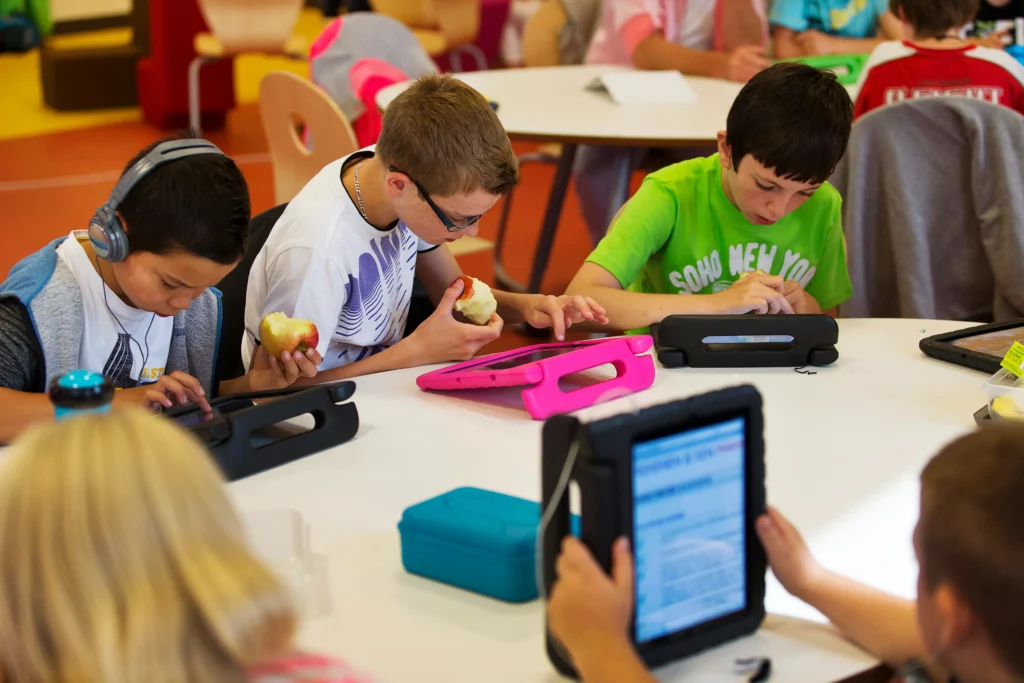
Classroom and Resource Teachers
Classroom teachers can build stronger relationships with students with the holistic information from each student’s personalized learning plan.
Resource teachers can support students in becoming self-directed learners with the goal setting and self-advocacy components of the assessment.
Recreational Organizations
Recreational organizations can support students in balancing between extracurricular and academic achievements.

*
Get Study Smart’s Holistic Educator Package
Holistic Gamified Assessment
Personalized Learning Plan
Actionable Strategies
Group or Class Profile
What is the MINDSpeak Assessment?
MINDSpeak is Study Smart’s student-initiated assessment for learning tool that was developed to help teachers efficiently identify and effectively support the diverse needs of all students in the classroom.
The need for Mindspeak was confirmed through evidenced-based research with 100 consultations with educators, students and parents across Canada.
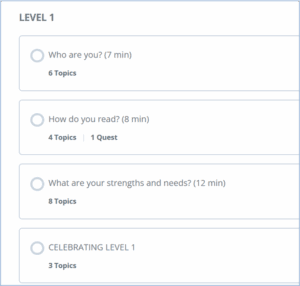
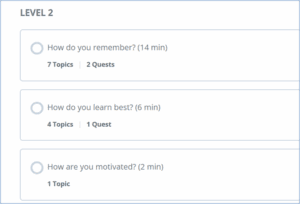
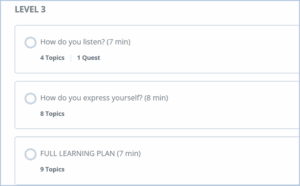
What is in the Assessment?
Mindspeak includes three levels of activities. Each level includes a series of short quizzes and activities covering six academic skills (reading fluency, reading comprehension, writing, math operations, oral expression and listening comprehension), and 5 affective and cognitive areas (learning skills, learning preferences, multiple intelligences, motivational tendencies and executive functioning skills).
The estimated time to complete each activity is approximately 5-10 minutes with an estimated total time for all activities of 75 minutes depending on the student’s grade and ability level.
CHECK OUT THE VIDEO FOR A GLIMPSE OF THE STUDENT’S EXPERIENCE IN THE ASSESSMENT.
What is the Outcome?
The outcome from the assessment generates a holistic learning plan from the voice of the student. It enables each student to understand how they learn and become accountable for their learning. It also helps educators learn more about the student’s interests, academic and learning strengths and needs, learning preferences, motivational type, goals and strategies that may work best for them.
What is a Class Profile?
A class profile is a one page snapshot of profiles for all students that the teacher, tutor or educator supports. It provides them with a holistic glance of each student’s strengths, needs, interests, learning preferences and motivational tendencies to help BUILD STUDENT RELATIONSHIPS.
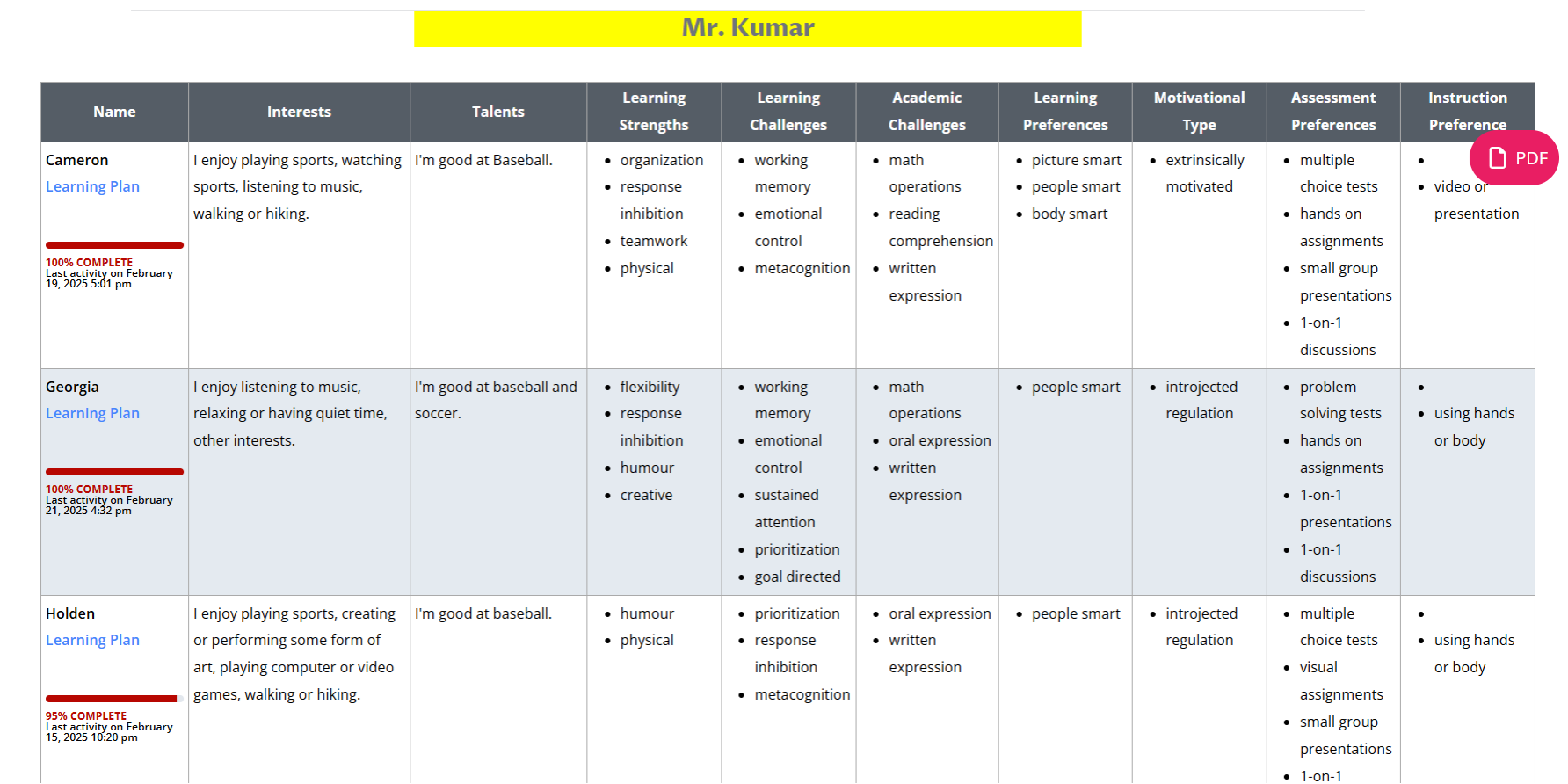

How are Students Engaged?
Intrinsic versus Extrinsic Motivation
MINDSpeak engages students with a gamified experience of short quizzes, videos, puzzles and other activities. Students are initially extrinsically rewarded for their efforts then instrinsic motivation triggers as students learn more about themselves throughout their journey.
Students earn coins for each activity completed, then select rewards from the SMART shop with these coins. Some rewards may help make learning easier in the classroom but the redemption of these rewards require teacher approval.
How does the assessment align with Universal Design for Learning (UDL)?
UDL considers the needs of all learners by embedding lessons with multiple means of engagement, multiple means of representation and multiple means of action and expression (Cast, 2018). Engagement impacts a student’s motivation to learn by enabling learners to engage with the material in a variety of ways. Representation refers to the way learners perceive and understand material using different means of representation to align with different learning preferences. Action and expression enables learners to express what they know in alternative ways that work best for them. In short, UDL provides a way to consider the needs of all learners by providing students with a choice of how and what they learn.

The outcomes from the assessments provides educators access to hundreds of UDL strategies that can be used for individual learners or the entire class.
*
frequently Asked Questions
*
